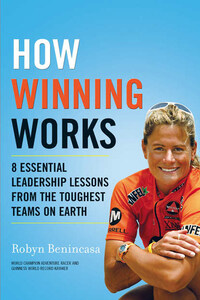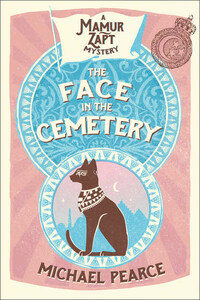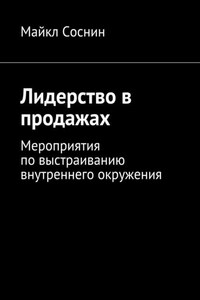To Jeff Akens, the best soul mate ever,
who has dragged our stinky socks and moldy gear boxes around every continent on Earth for the last fifteen years, bless his amazing little MacGyver heart. He has never, ever let me down.
And to my parents,
who believed in me beyond reason.
RAID GAULOISES ECUADOR SEPTEMBER 1998 COTOPAXI VOLCANO 15,000 FEET
It was almost one oâclock in the morning. For four hours we had huddled together inside a hut perched 15,000 feet up the side of the Cotopaxi volcano, resting and preparing to make the final five-thousand-foot push to the summit. My teammatesâRobert Nagle, John Howard, Ian Adamson and Steve Gurneyâwere snoring peacefully beside me, but I had not been able to stop crying since we entered the hut. I cried because it was the only way I could get oxygen, and I cried because I thought I was going to die if I had to climb higher.
We, Team Salomon-Presidio, had been running for three days at 14,000 feet on only two hours of sleep, and we were in the lead when we stumbled into this particular transition area, followed closely by the French team. On our arrival, the doctors and race organizers took one look at us and ordered both teams into a hut to lie down for a few hours, with neither team allowed to begin the summit push until 1:00 a.m. The altitude had clearly taken its toll on everyone. We were in bad shape, and I was one of the worst. All I could do was take tiny sips of air. I was turning blue from lack of oxygen, and now we were about to attempt to summit this 19,700-foot soaring volcano, which is normally a weeklong mountaineering trip. It was the most extreme and audacious challenge in the history of adventure racing, a goal beyond reason or mercy, right in the middle of a nine-day nonstop expedition race that began at 14,000 feet with a seventy-five-mile run in subfreezing temperatures.
For safetyâs sake, the organizers decided to test everyoneâs oxygen saturation level before letting us climb higher. If a racerâs oxygen level was less than seventy percent, they would not be allowed to continue, and the team would be charged a five-hour penalty. For the teams that could continue, there would be another checkpoint at 18,000 feet, and if any team member couldnât continue past that point, theyâd be assessed a two-hour penalty and would have to go back down the hill with their tails between their legs. At the end of the day, however, at least three people would have to make it to the summit, or the entire team would be disqualified from the race.
So an oxygen saturation level of seventy percent was the magic number, the number that was going to mean the difference between winning and losing, and perhaps even between living and dying. Iâm an emergency medical technician in my real-world job as a firefighter, so I understood the dangers of low oxygen saturation. Itâs a big red flag if youâre at ninety-five percent or below. If your oxygen level is at eighty, youâre nearly at deathâs door. Anything below ninety percent means weâre rushing you to the hospital as a Code 3 with lights and sirens. So seventy percent seemed like a swell idea. Iâd never seen anyone that low on our monitor who could still stand (and cry), so I reasoned that that couldnât be me.
Suddenly the doctor and race organizers appeared in the hutâs doorway with the oxygen monitor, and everyone lined up to get their reading. One by one, each racer stuck an index finger into a clamp on the device, and a few seconds later, the doctor announced each result: âNinetyâ¦. Eighty-eightâ¦. Eighty-sevenâ¦. Ninety-two.â Everyone was being cleared to continue, but I was the last one in line because I was afraid.








